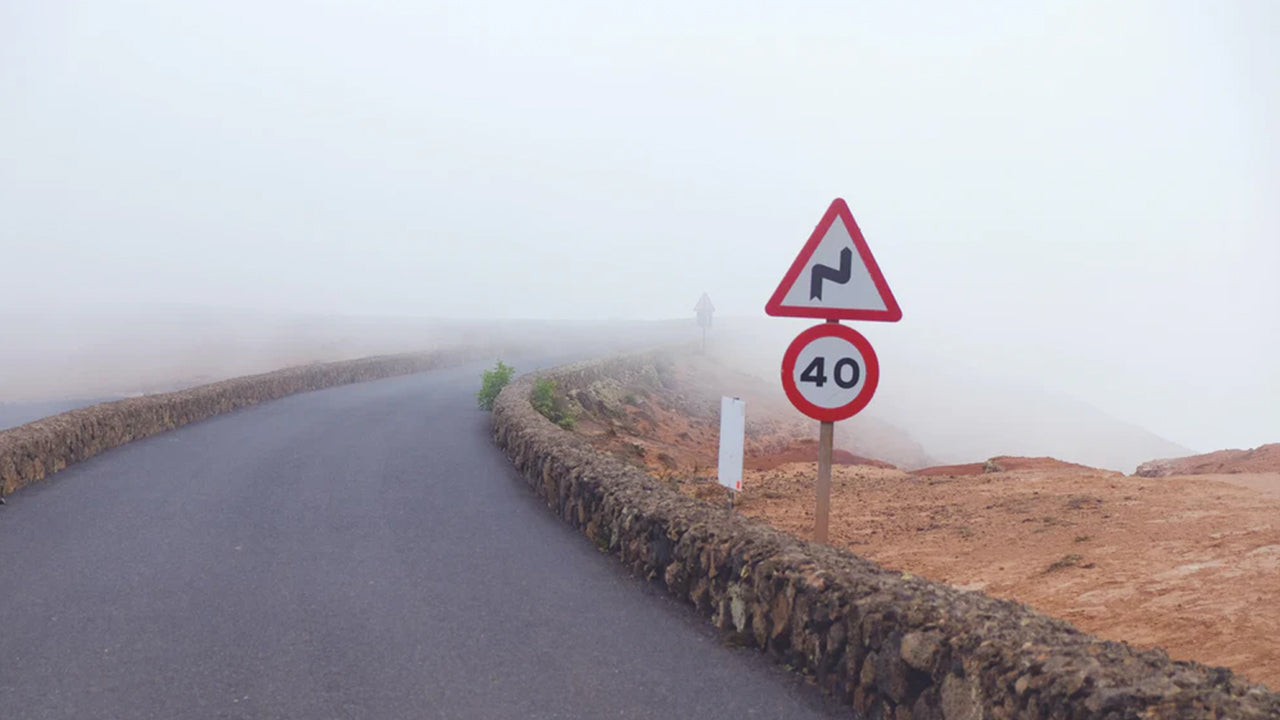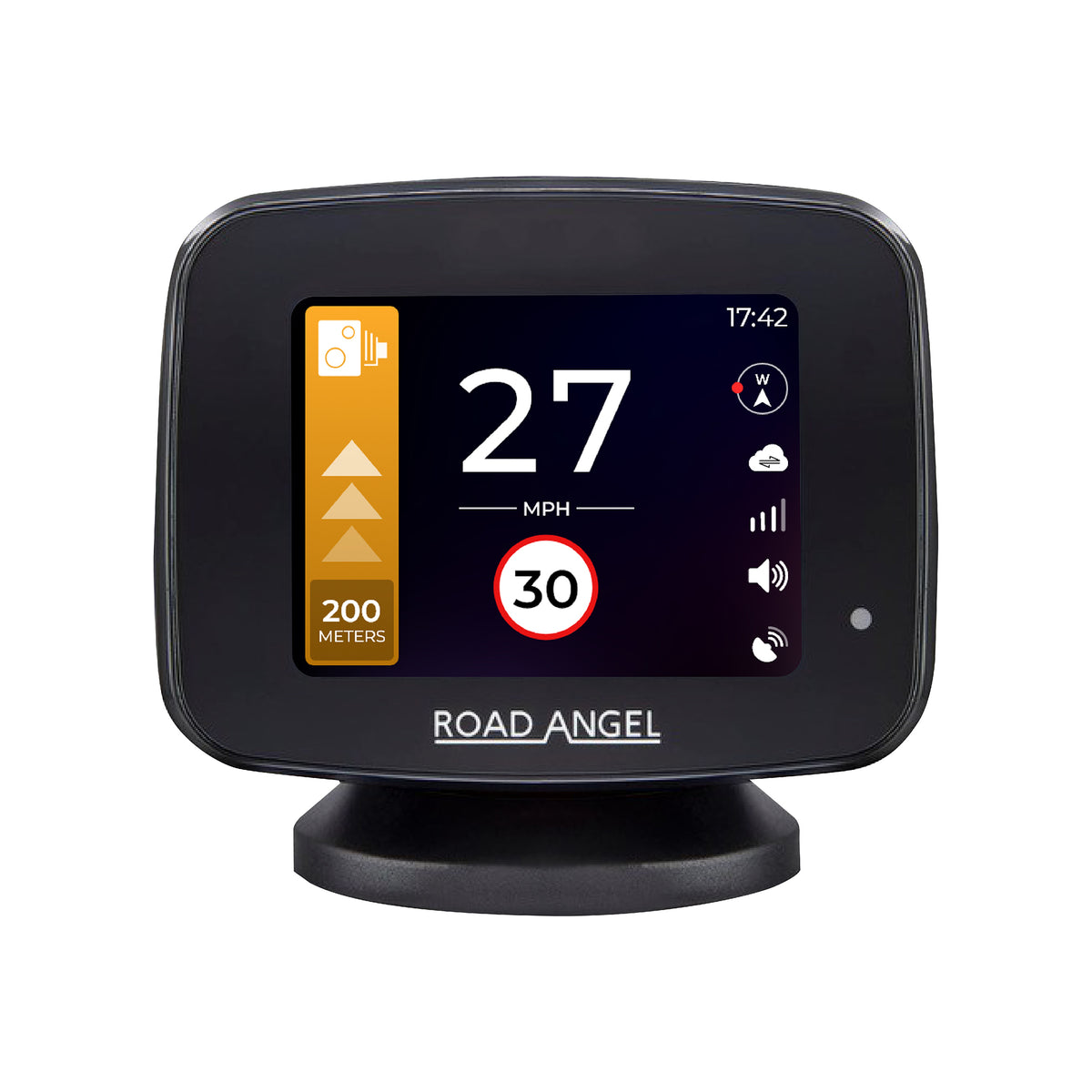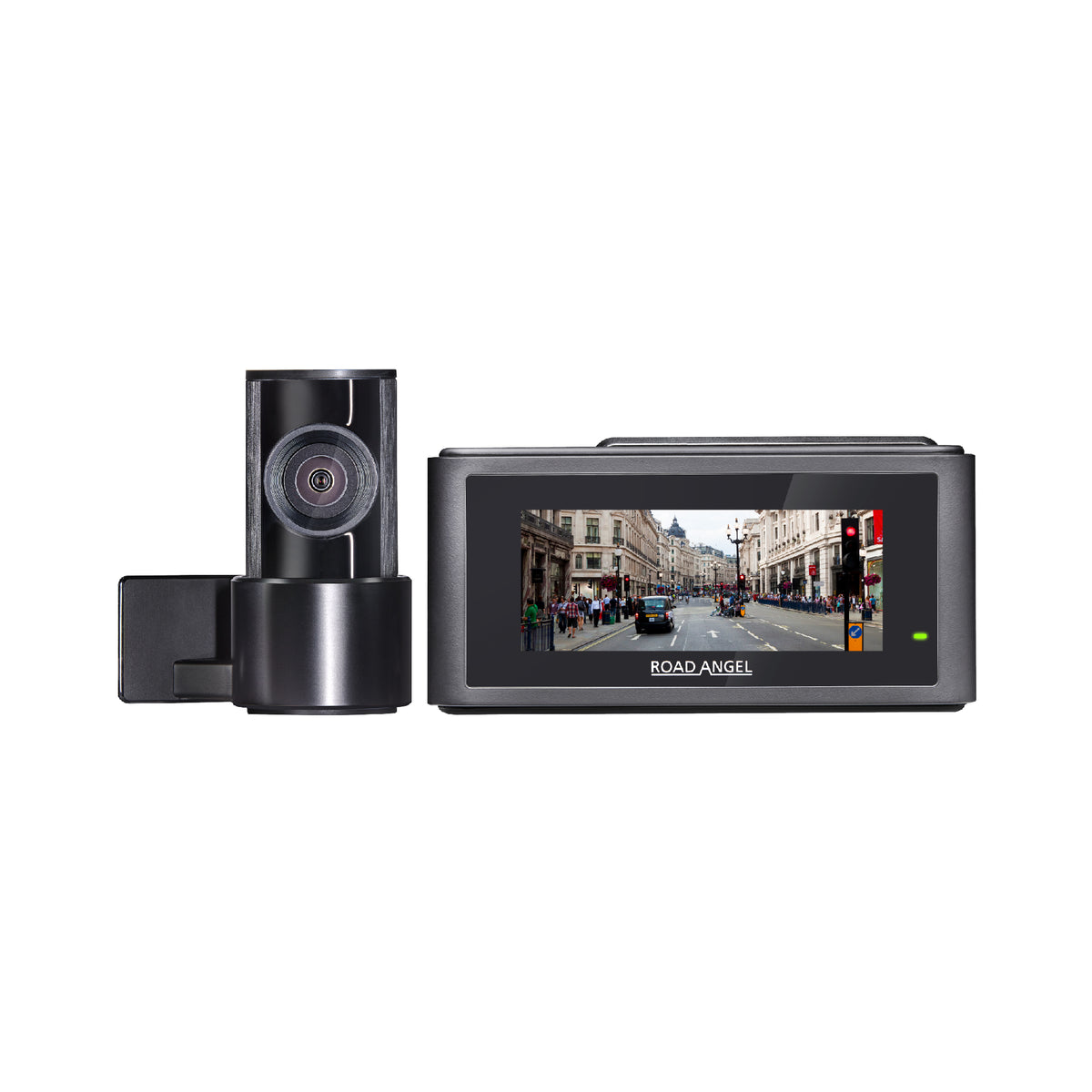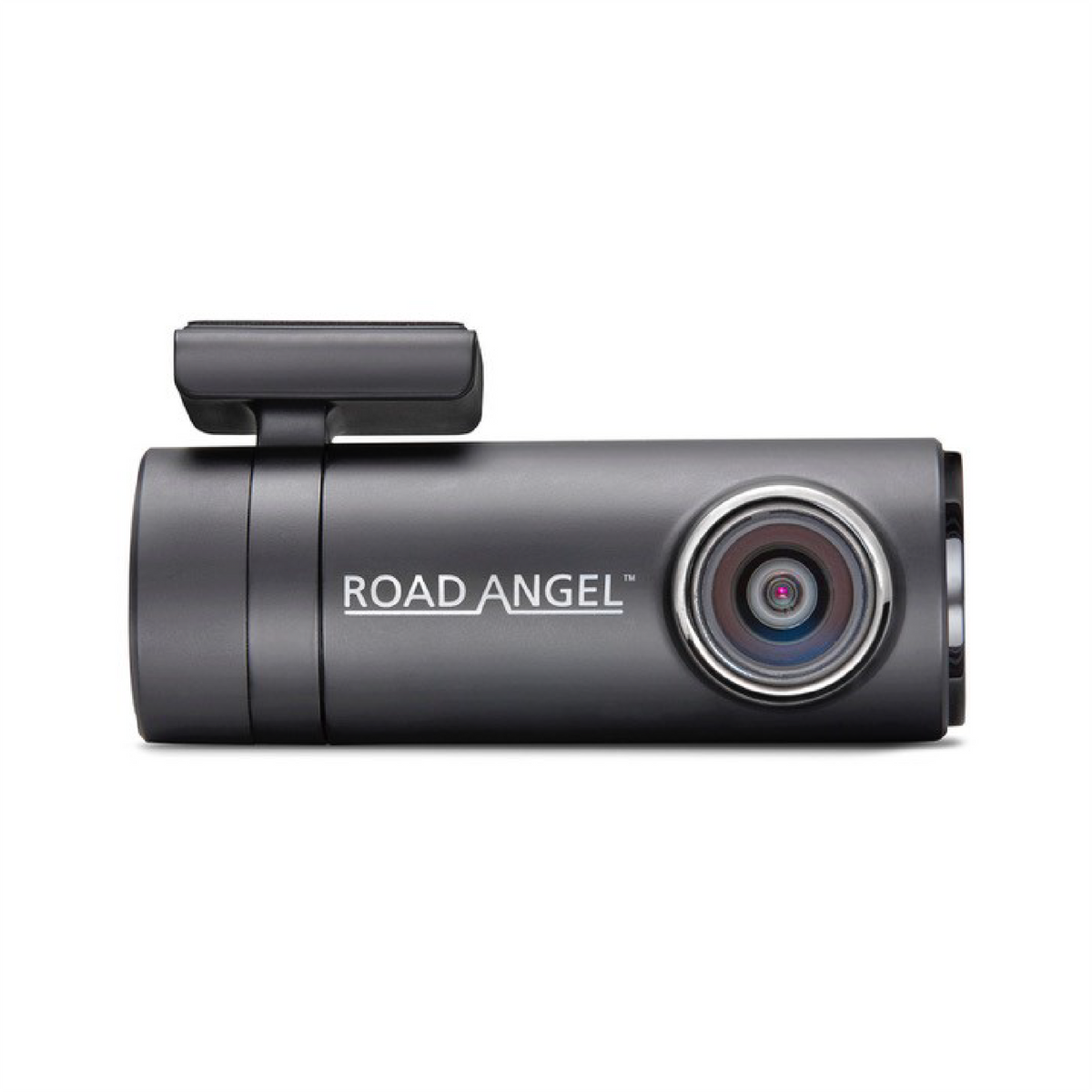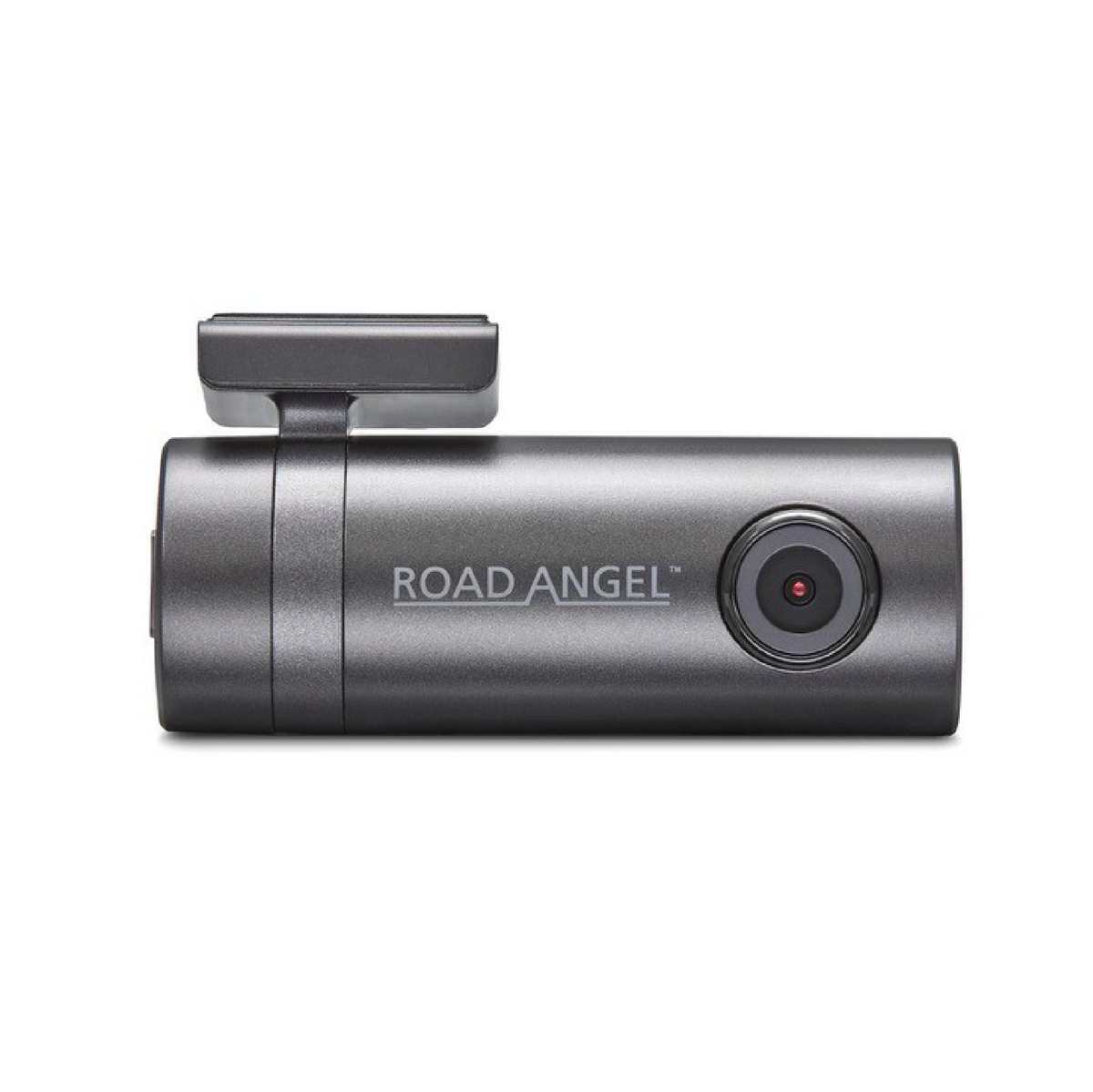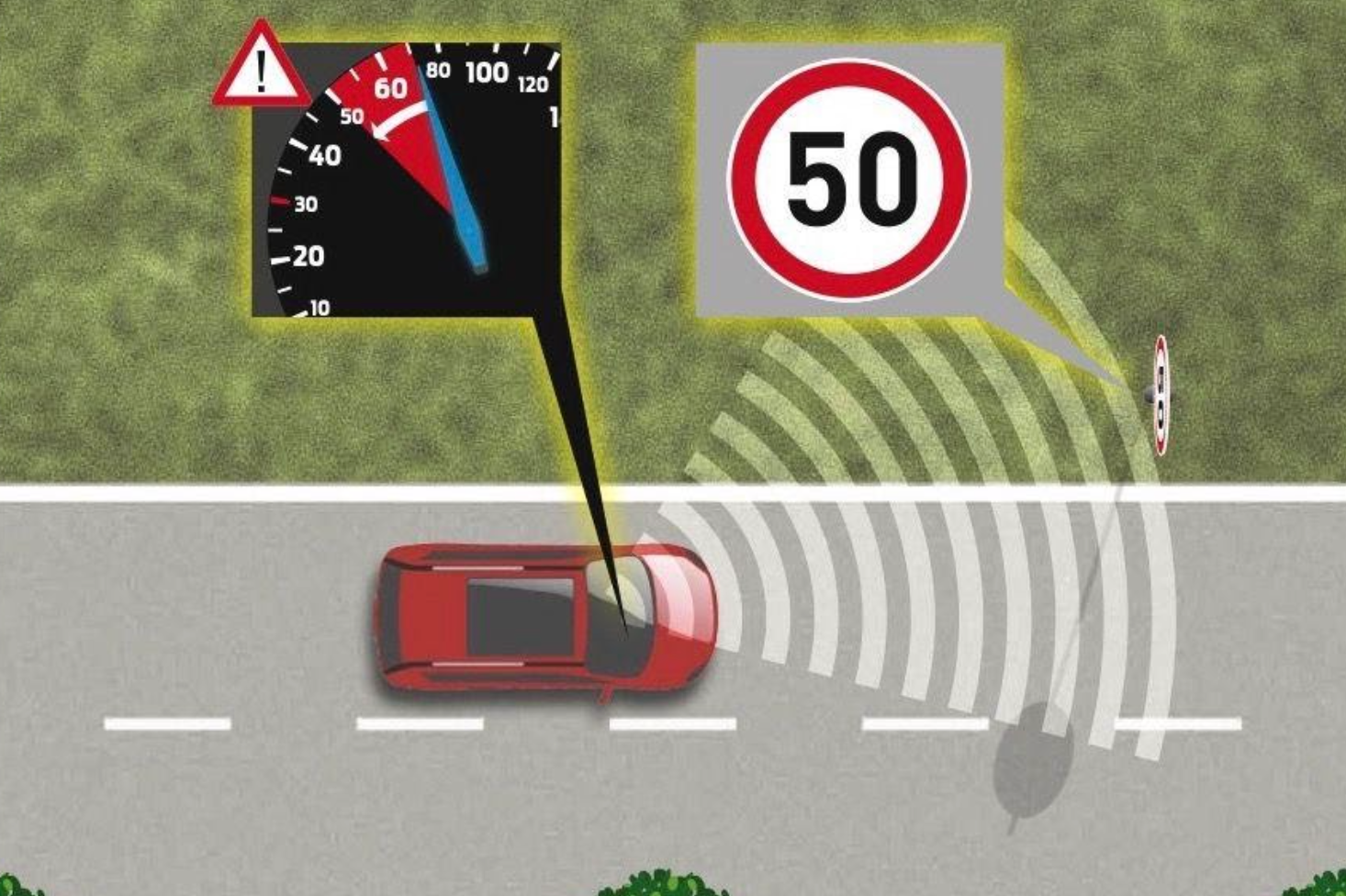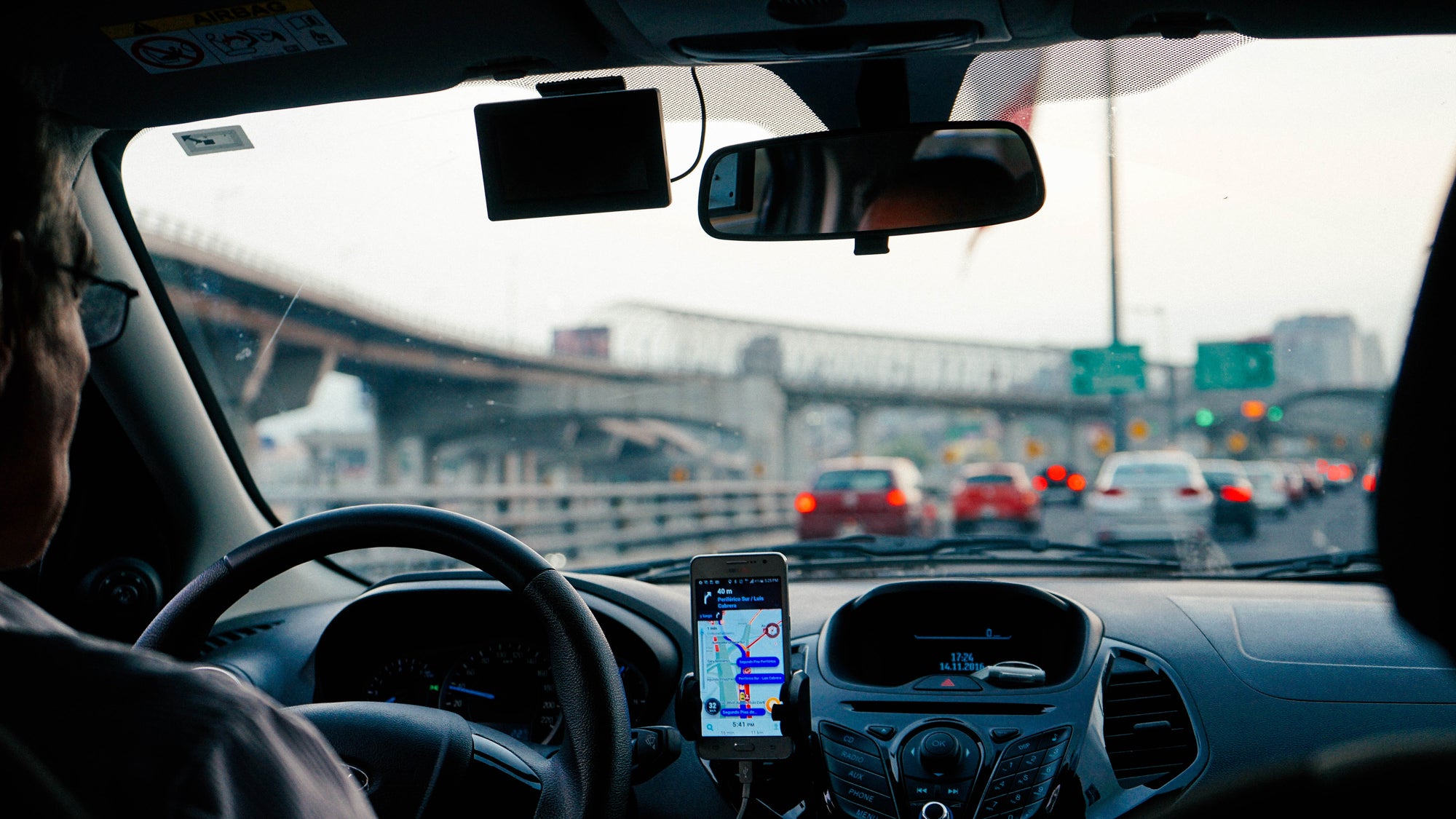Every driver worth their salt knows to abide by speed limits – but how many know precisely what the speed limit is in a given situation? As speed camera specialists, we wouldn’t like to see anyone get caught out because they don’t know the rules. Here, our experts share everything you need to know about UK speed limits.
Motorway Speed Limit
On UK motorways, the maximum speed limit is 70mph. This national speed limit also applies on dual carriageways unless you can see signage that indicates otherwise. If you can see the easily recognisable white and black national speed limit sign – also known as the derestriction sign – on either of these types of road, you’re good to drive up to 70mph.
You will also encounter the national speed limit sign on single carriageway roads, but here the speed limit is 60mph – a rule which is much misunderstood in the UK. Many drivers assume that there is a single national speed limit of 70mph which applies to every type of road, indicated by the national speed limit sign.
Single Carriageway Speed Limit
The speed limit on a single carriageway road is 60mph. It is not the same as it is on a dual carriageway, and you can expect to pay the penalty for exceeding the limit of 60mph on this type of road. The reasoning behind this, as with so many UK driving restrictions, is safety first. There is less room for manoeuvre on a single-carriageway road compared to the motorway or a dual carriageway, so the legal limit is accordingly lower. That extra 10 mph could prove too much in a tricky situation on a single carriageway. At 60mph drivers should be better able to avoid any obstacles that might come across their path.
Built Up Area Speed Limits
For safety reasons, different speed limits apply in built up areas. As a rule of thumb, you must not exceed 30mph in a built up area unless signage indicates otherwise, but this is rare. As such, it’s best to drive at 30mph in these areas to avoid falling foul of the rules and putting pedestrians and other drivers in danger. It’s the presence of more pedestrians in built-up areas that determines the lower limit, after all. Fatalities are more likely to occur if a collision occurs at a higher speed.
Speed Limit Exceptions
Finally, there are some limited exceptions to these restrictions which are well worth noting. Slightly different speed limits apply to heavier goods vehicles, which can only go up to 50mph on a single carriageway and 60mph on a dual carriageway and the motorway; buses (50mph; 60mph; 70mph) and vehicles towing a trailer (50mph; 60mph; 60mph). All of these types of vehicle must abide by the 30mph speed limit in built up areas.
It makes sense to familiarise yourself with speed limits. Nobody wants to be slapped with a fine and/or penalty points due to ignorance. Remember – the minimum penalty for speeding in the UK is 3 points on your licence and a £100 fine. Repeated infractions can lead to disqualification if you rack up 12 or more penalty points within 3 years. Moreover, as we’ve made clear in this blog, speed limits are in place for a reason – to ensure the safety of drivers and pedestrians alike.



